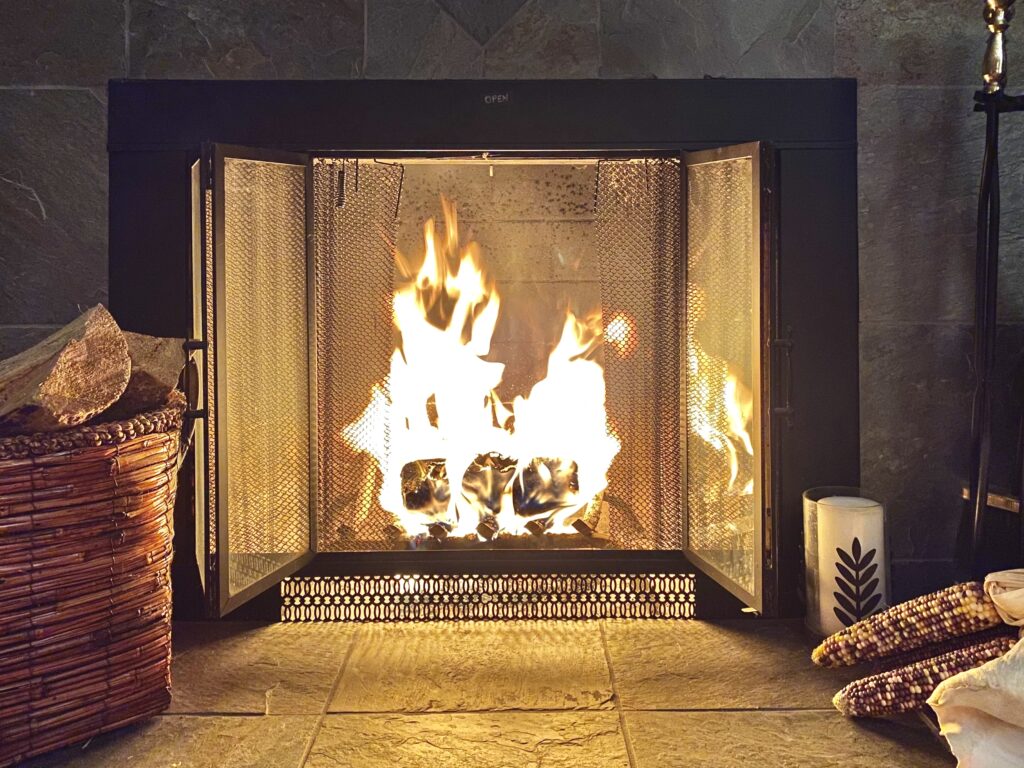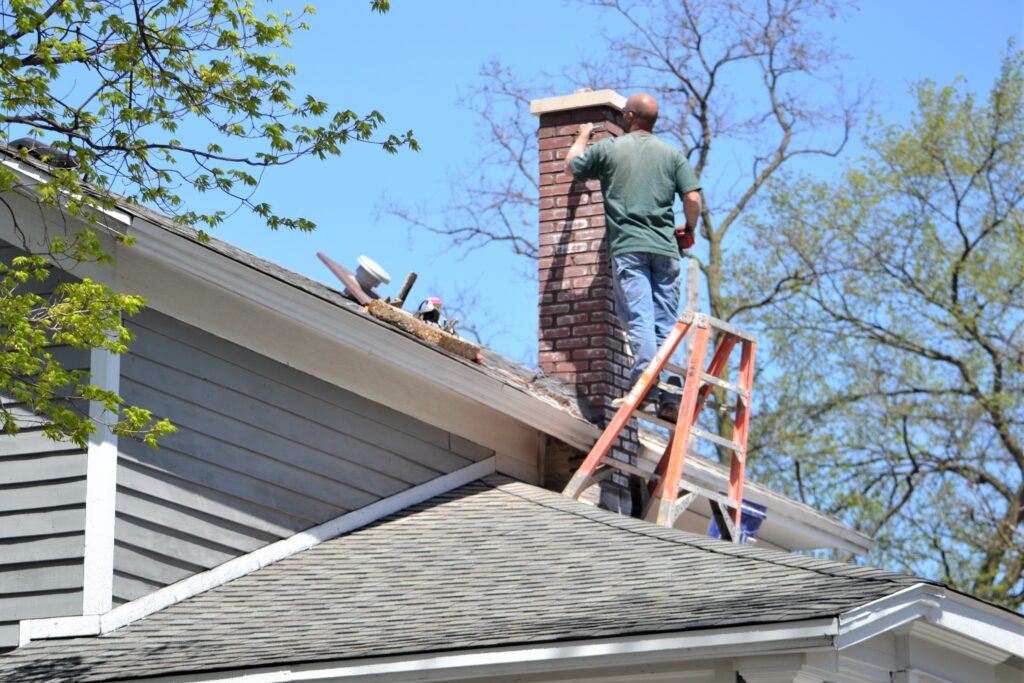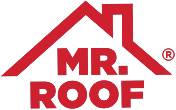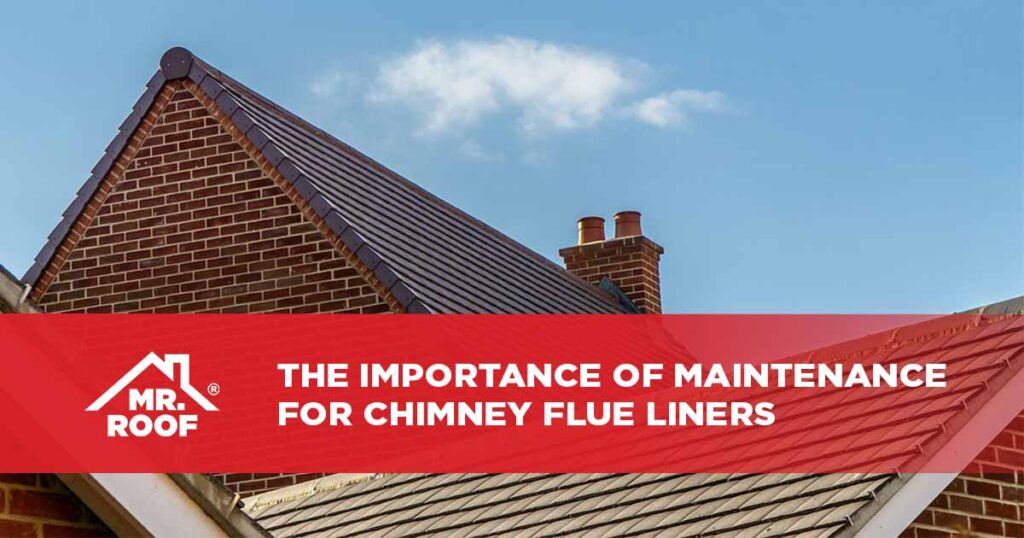When it comes to ensuring the safety and longevity of your chimney, regular maintenance of the chimney flue liner is of utmost importance. A chimney flue liner is a conduit inside a chimney that helps vent combustion products to the outdoors. It plays a crucial role in keeping your home cozy and comfortable, while also protecting against potential hazards such as carbon monoxide leaks and chimney fires.
In this comprehensive guide, we will explore the significance of regular maintenance for chimney flue liners. We will discuss the various types of flue liners commonly installed in homes, the main functions of a flue liner, and the potential complications that can arise if proper maintenance is neglected. By understanding the importance of regular maintenance, you can ensure the safety and efficiency of your chimney system for years to come.
Types of chimney flue liners
There are three main types of flue liners commonly installed in homes: clay flue liners, cast-in-place liners, and metal flue liners. Each type has its own set of pros and cons, and choosing the right liner depends on factors such as budget, heating use, and specific requirements.
Clay flue liners
Clay flue liners are the most common type of flue liners found in older homes with brick chimneys. These liners are made of terra-cotta, a durable and affordable material. Clay flue liners can withstand corrosive byproducts such as creosote and have a long lifespan. However, they are susceptible to water damage and the risk of chimney fires. To protect against these risks, it is important to have a chimney cap installed and to regularly inspect and maintain the liner.
Cast-in-place liners
Cast-in-place liners are created by pouring a concrete-like material against the interior walls of the chimney. This process forms a smooth and solid liner with no cracks or leaks. Cast-in-place liners offer excellent insulation and can improve the structural integrity of the chimney. However, it is important to note that these liners are permanent, and any damage may require the replacement of the entire liner.
Metal flue liners
Metal flue liners, such as those made of aluminum or stainless steel, are becoming increasingly popular due to their high corrosion resistance and ease of installation. They can be custom-designed to fit any chimney and are suitable for both new installations and replacements. Metal flue liners are also more affordable compared to other options and can perform just as well as clay liners, if not better.
The main functions of a chimney flue liner
A chimney flue liner serves several important functions that contribute to the safety and efficiency of your chimney system. Understanding these functions can help you appreciate the significance of regular maintenance.

Protection against accidental fires
One of the primary functions of a flue liner is to protect against accidental fires. The combustion products produced during the burning of fuels contain carbon dioxide, water, and other impurities. These impurities can condense into highly corrosive compounds under certain temperature conditions. A flue liner helps limit heat transfer, preventing the risk of fire by ensuring that the surrounding structures and combustible framing of your home are not exposed to excessive heat.
Preservation of masonry and structural integrity
Flue liners also play a crucial role in preserving the masonry and structural integrity of the chimney. Over time, corrosive materials can eat away at mortar joints, which provide support for the brickwork. A breakdown of mortar joints can affect the heat transfer capabilities of the liner and increase the risk of fire or harmful byproducts entering your home. A quality flue liner acts as an additional layer of protection, keeping you safe and prolonging the lifespan of your chimney structure.
Maximizing efficiency
Efficiency is another key function of a flue liner. Just like any system in your home, you want your chimney to operate as efficiently as possible. A properly maintained flue liner ensures optimal airflow and ventilation, allowing your fireplace or stove to burn fuel more efficiently. This not only saves you money on heating costs but also reduces the environmental impact by minimizing the release of pollutants into the atmosphere.
The importance of regular maintenance
Now that we understand the various types of flue liners and the functions they serve, let’s delve into the importance of regular maintenance. Regular maintenance of your chimney flue liner is crucial for several reasons:
Prevention of blockages
Regular maintenance, including inspection and cleaning, helps prevent blockages in the flue liner. Blockages can be caused by nesting materials left behind by animals or debris such as leaves and branches. These blockages can impede the proper flow of combustion products and lead to a buildup of corrosive materials like creosote. Removing these blockages ensures that your chimney operates safely and efficiently.

Detection and repair of damage
Regular maintenance allows for the early detection and repair of any damage to the flue liner. Over time, flue liners can develop cracks, leaks, or other forms of deterioration. These issues can compromise the safety and efficiency of your chimney system. By identifying and addressing these problems early on, you can prevent further damage and costly repairs in the future.
Prevention of water damage
Water damage is a common issue that can affect both clay and metal flue liners. Moisture can mix with corrosive residue inside the flue liner, creating an acid that deteriorates the liner and the surrounding masonry. Regular maintenance helps identify and mitigate water-related issues, such as the installation of a chimney cap to prevent water from entering the chimney.
Ensuring proper ventilation
Proper ventilation is essential for the efficient operation of your chimney system. A well-maintained flue liner ensures that combustion gases are safely vented to the outdoors, preventing the circulation of harmful byproducts like carbon monoxide within your home. Regular maintenance includes checking for any obstructions or damage that could impede proper ventilation.
Compliance with safety standards
Regular maintenance of your chimney flue liner ensures compliance with safety standards and regulations. It is essential to keep your chimney system in good working condition to prevent potential hazards and maintain the safety of your home and its occupants. Compliance with safety standards may also be required for insurance purposes or during property inspections.
Signs that your flue liner requires maintenance
To determine when your flue liner requires maintenance, it is important to be aware of the following signs:
Water leakage or damage
Water leakage or damage around the structure of the chimney is a clear indication that your flue liner may require maintenance. Water intrusion can lead to further deterioration of the liner and compromise the structural integrity of the chimney. Immediate action should be taken to address this issue and prevent further damage.
Smell of smoke
If you notice a persistent smell of smoke that doesn’t dissipate over time, it may be an indication of a problem with your flue liner. A damaged or blocked flue liner can cause smoke to enter your home instead of being properly vented outside. This can pose a serious health risk and should be addressed promptly.
White residue on liner walls
The presence of a white residue on the walls of your flue liner may indicate the buildup of creosote, a highly flammable substance. Creosote is produced when wood is burned and can accumulate over time. Regular maintenance, including chimney cleaning, can help remove this residue and prevent the risk of chimney fires.
Debris falling towards the back of the fireplace
If you notice debris such as soot, dust, or dirt falling towards the back of the fireplace, it may be a sign of a blockage or damage to the flue liner. This can hinder proper ventilation and increase the risk of harmful byproducts entering your home. Immediate maintenance is necessary to address any blockages or damage.
Professional chimney flue liner maintenance services
While there are steps homeowners can take to maintain their chimney flue liners, it is highly recommended to seek professional maintenance services. A professional chimney sweep has the expertise and specialized tools to thoroughly inspect and clean the flue liner, ensuring that it is in optimal condition.
A professional chimney sweep can also perform essential tasks such as removing nesting materials, clearing blockages, and conducting a comprehensive inspection of the flue liner. They can identify any signs of damage or deterioration and provide the necessary repairs or recommendations for further action.
Contact the chimney repair experts at Mr. Roof
For all your chimney flue liner maintenance needs, contact our team of chimney repair experts at Mr. Roof. We are committed to delivering exceptional service and ensuring the safety and efficiency of your chimney system. With our professional maintenance services, you can enjoy the warmth and comfort of your fireplace with peace of mind.









